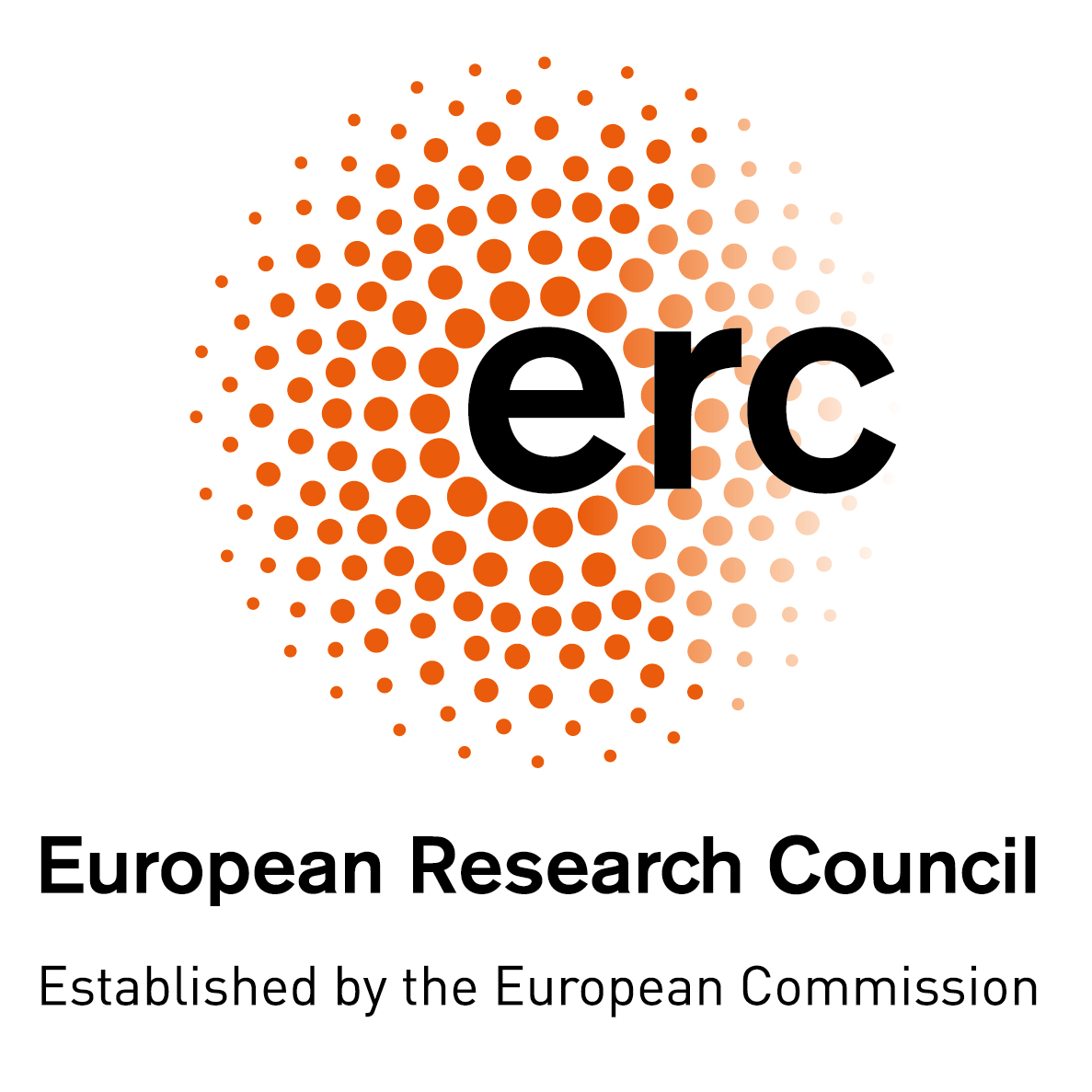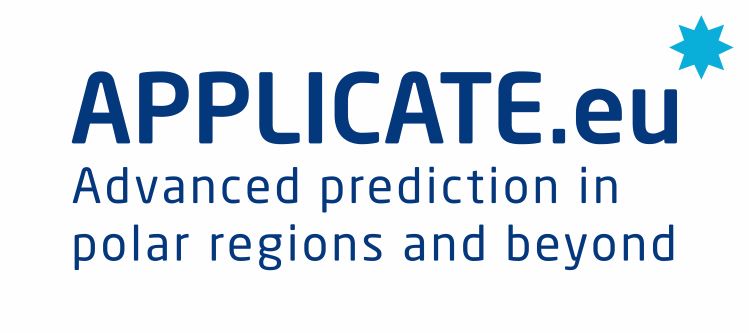Projects
Big data is nowadays being integrated in systems requiring to process a vast amount of information from (geographically) distributed data sources, while fulfilling the non-functional properties (real-time, energy-efficiency, communication quality andsecurity) inherited from the domain in which analytics are applied. Examples include smart cities or smart manufacturingdomains....
This project aims to establish a Center of Excellence to prepare flagship codes and enable services for Exascale supercomputing in the area of Solid Earth (SE). ChEESE will harness European institutions in charge of operational monitoring networks, tier-0 supercomputing centers, academia, hardware developers and third-parties from SMEs, Industry and public-governance.
The current HPC facilities will need to grow by an order of magnitude in the next few years to reach the Exascale range. The dedicated middleware needed to manage the enormous complexity of future HPC centers, where deep heterogeneity isneeded to handle the wide variety of applications within reasonable power budgets, will be one of the most critical aspects in the evolution...
Climate, climate variability and change strongly impact Europe. Drought severely affects agriculture; precipitation extremes are associated with flooding, severe damage to properties and lives; temperature extremes can increase mortality; the seasonality and availability of snow affects water resources and winter tourism and wind speed or sunshine hours affect the production...
The accuracy obtained in wind tunnel aerodynamic and aero-acoustic measurements is extremely demanding and it stillchallenges our current simulation technologies. It mainly challenges the capabilities of current mesh generationtechnologies used in flow simulations. The ground-breaking TESSERACT project addresses the challenge of studying howto generate computational meshes...
The main goal of this research project is the improvement of near-term (i.e. seasonal to decadal) predictions of Net Primary Production (NPP) in the Atlantic Ocean. NPP is the rate of production of phytoplankton biomass, the primary source of food for marine animal life and thus a fundamental environmental variable to be taken into account in fishery management strategies....
Arctic climate change increases the need of a growing number of stakeholders for trustworthy weather and climatepredictions, both within the Arctic and beyond. APPLICATE will address this challenge and develop enhanced predictivecapacity by bringing together scientists from academia, research institutions and operational prediction centres, includingexperts in weather and...
This Centre of Excellence will advance the role of computationally based modelling and simulation within biomedicine. Three related user communities lie at the heart of the CoE: academic, industrial and clinical researchers who all wish to build, develop and extend such capabilities in line with the increasing power of high performance computers. Three distinct exemplar...
Type 2 diabetes (T2D) is a major public health problem, affecting 55 million European citizens. T2D ensues in individuals who develop a progressive pancreatic beta cell failure. T2D probably comprises a heterogeneous group of diseases. A new molecular taxonomy of T2D is essential for the development of medical care that is predictive, preventive and personalized. Currently...
Design and maintenance of future pressurized fuselage composite structures is mainly influenced by the requirement to cope with accidental impact damages. Current aerospace certification process for composite structures is derived from deterministic approaches used for metallic airframe design. But within this concept, the stochastic nature of impact damages in composite...








